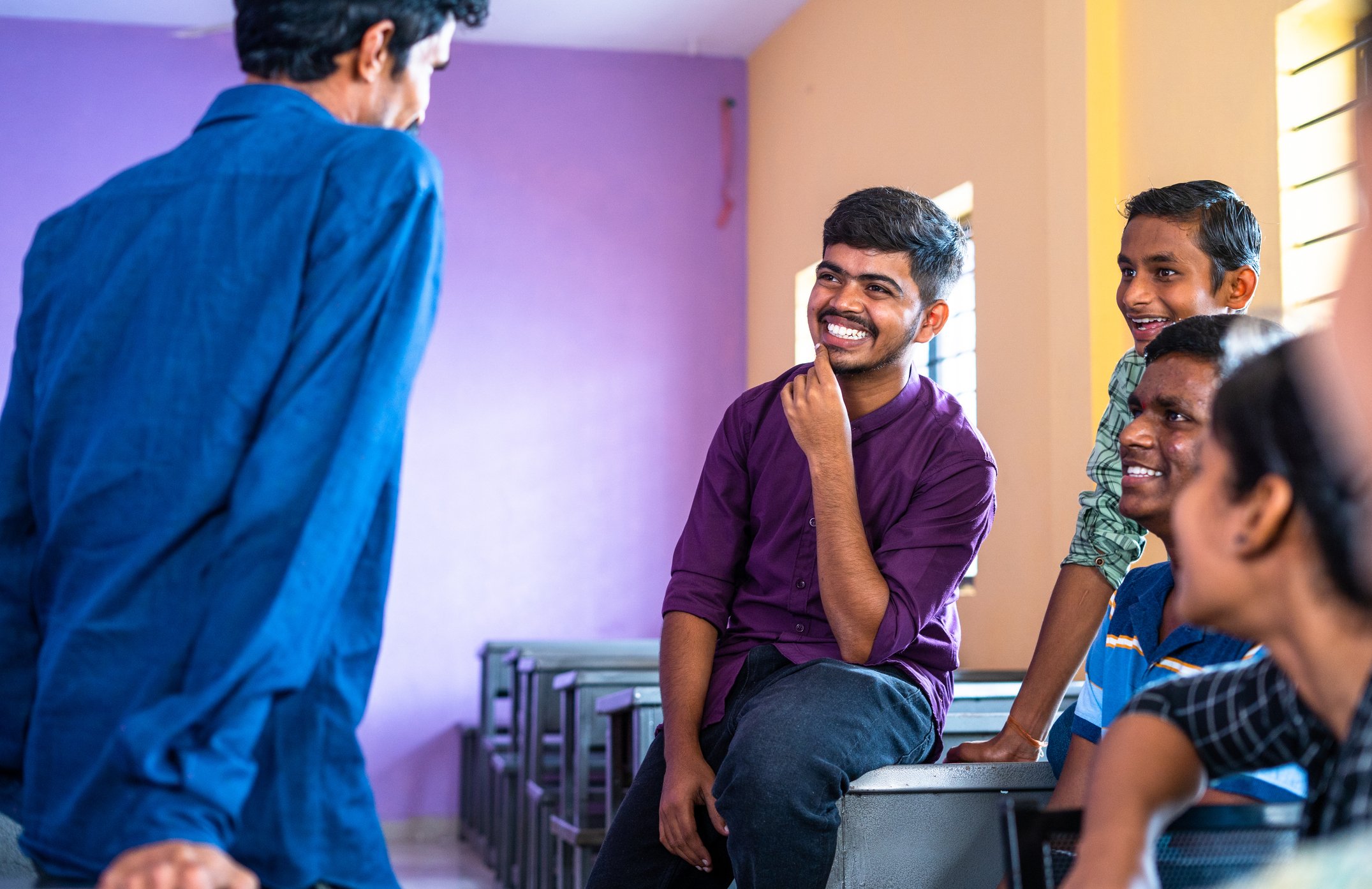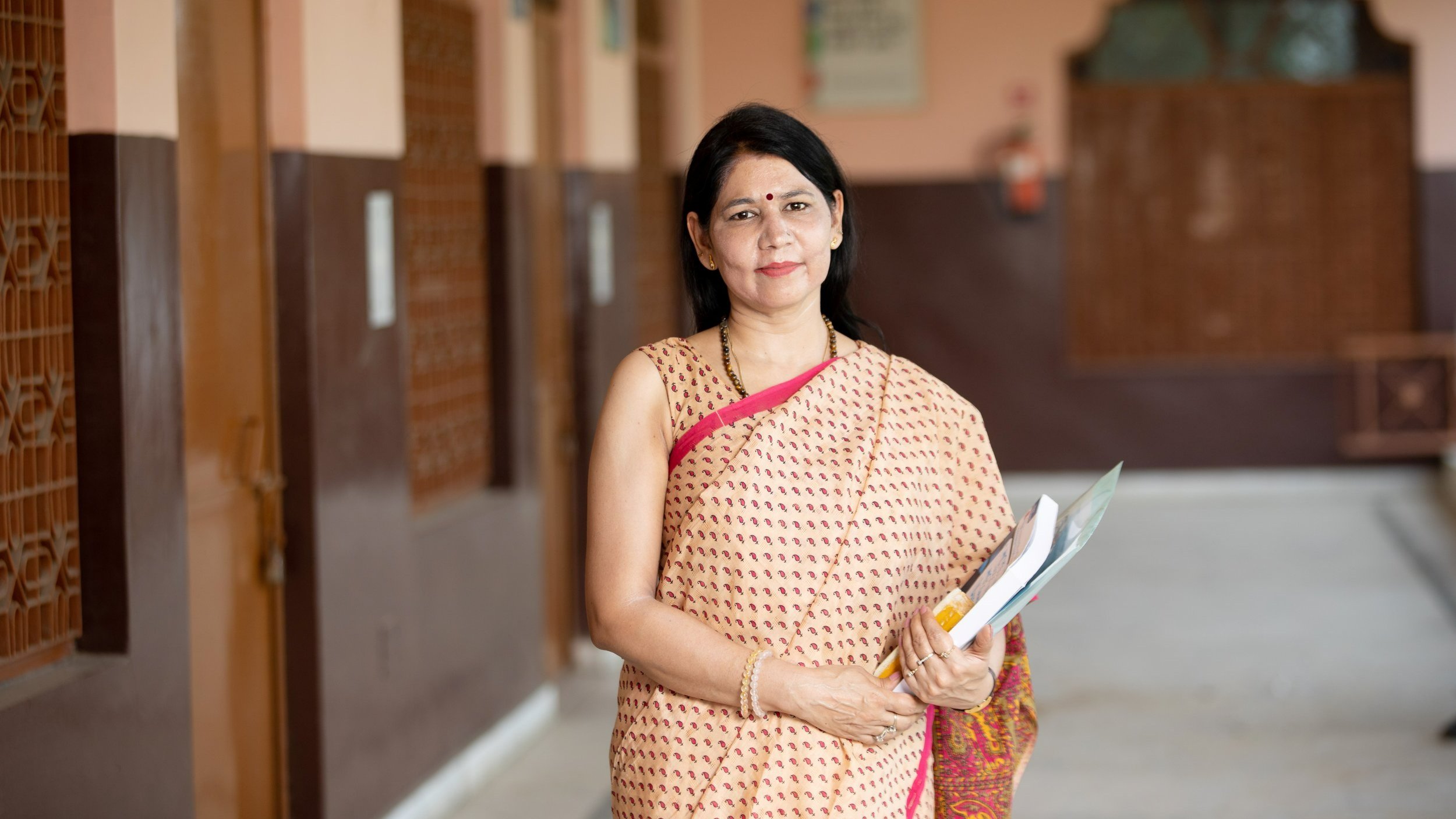Bringing you the perspective to make better strategic decisions.

Liberal Arts Education as a Collective Library
The irony of abundance underlines our modern age. Intelligence has become artificial and concomitantly, the much-eulogized age of information can also be viewed as an age of misinformation. We live in an increasingly globalized world, which is changing very rapidly.

Indian Ink | The 3% Fallacy: India’s Education Spends Are Far More than Critics Claim
The total amount spent by the central and state governments is closer 4.5% of India’s GDP, not 3% as critics claim.

Rethinking the Effectiveness of English as a Medium of Instruction in Higher Education Institutions
“Learned men from different cities who desire to quickly acquire renown in the discussion, come here in multitudes to settle their doubts, and then the streams (of their wisdom) spread far and wide,” These were the words of Hiuen Tsang, a Chinese Buddhist monk when he visited Nalanda University during Harsavardhan’s reign.

India’s education expenditure: Where is the money going?
This year’s Union Budget has allocated the highest amount ever to the education sector – more than 8 percent over last year’s original budget and 13 percent over the revised and reduced figure. But the pressing question is where is the money going?

The Promise of Interwoven Learning
Dr John Mathew, Associate Professor and Chair, Division of the Humanities and the Social Sciences at Krea University, explores the University’s ‘interwoven’ mission and the spread of liberal arts-type programmes across the Indian higher education sector.

Building a digital future for Indian Education
In the wake of the global coronavirus pandemic, the uptake of technology in education around the world has never been faster. While this was certainly forced by necessity it may well prove to be one of few positive pandemic legacies and an opportunity for Indian education.

Foreign University Campus in India: A Welcome Possibility
On January 5, the University Grants Commission (UGC) uploaded an important draft regulation on the ‘Setting up and Operation of Campuses of Foreign Higher Educational Institutions (FEHIs) in India’. Feedback, till this month’s end, has been invited before the gazetted notification is issued after incorporating constructive suggestions and improvements.

Vision and Culture Change are Key to the NEP 2020
The NEP recognises at its core that India’s universities will need to change in order to deliver, but there is less agreement about what needs to be done to create a cohort of world-leading institutions here. One option to inform this debate is to compare institutions against their global peers.

How Private-Public Partnership & Stakeholder Engagement is key to the success of NEP 2020
The National Education Policy (NEP) 2020, the third post-independence policy focusing on the Indian education system, aims to reform the present education system in India and create an education framework and eco-system which is career oriented, futuristic, globally competitive and meaningful.

Yes to Rankings, but not at the Expense of Purpose
“New Structures, Governance and Measures of Success”: a transcript of our contribution to TIESS/DIDAC 2022.

Higher Education Commission of India Soon to Replace the University Grants Commission
When it comes to higher education, the University Grants Commission (UGC), considered to be highly bureaucratised and largely ineffective, is seen as a hurdle to change. In an attempt to redress the situation at least partially, a new bill is expected to be introducing during the current Monsoon Session of the Parliament of India to replace the existing with the Higher Education Council of India.

‘Does India Need This Jumble?’ A View From DIDAC
We were delighted to attend the 12th DIDAC India conference in Bangalore as “gold” sponsors from 21-23 September 2022. It was our first time there, and we were attracted by the promise of a huge global gathering of educational leaders and policy makers.

Design Education in a Post-Pandemic World
The intricately complex, diverse and multi-layered world we inhabit today is not the same as it was just a few years ago. With technological advancements, socio-cultural and political developments and most significantly, the traces left behind by the pandemic, our lived reality today is starkly different from what it previously was.

Project Proposal: Becoming a Vice-Chancellor in India
One of the topics we’re most interested in at Indian Higher Education is the path that academics take to Vice-Chancellor positions in Indian institutions. In this article, we present an overview of a research study we are launching to better understand the key competencies required for incoming Vice-Chancellors, particularly in private universities.

Study in India but get an international degree
India has one of the largest number of students enrolled in post-secondary education, with numbers estimated to be upwards of 30 million. With over 1000 universities and 50,000 colleges it also boasts of one of the largest higher education systems in the world. Given that the Indian population is all set to cross China’s, if it hasn’t already done so, it is likely that India will soon be the world’s largest market for higher education, at least as far as numbers go.

What the pandemic taught us about online education
On February 7th, queues trailed away from gates across Delhi that had remained quiet for a long time. For the first time in two years, the schools were opening. With Coronavirus cases easing, and the time students have spent out of the classroom increasing, the city’s authorities have decided that the benefits of schools reopening outweigh the risks.

What does the NRF really mean for Indian research?
The National Research Fund (NRF) was first announced in 2018, appearing in the draft version of the NEP. Tasked with providing funding research within Indian HE, it was envisioned as also playing a role in building research capacity within education institutions.

Measuring India’s research impact
The diversity of our Higher Education sector in India incorporates a huge base of research. Expanding this will be key to our future growth as a sector, and enhancing the impact of it will be critical as we build on our status as a high-tech society. We have the potential to be an intellectual economy driven innovation.

Is GIFT City a gateway to greater TNE collaboration?
The 2022 budget had a lot to say about education, but a key point of interest for international HE collaborators with India should be changes paving the way for the establishment of foreign campuses.

International research collaboration in India
International research partnerships are popping up all over India. In this article we attempt to sketch a quick overview of the breadth of approaches adopted by the various collaboration initiatives with India globally.

